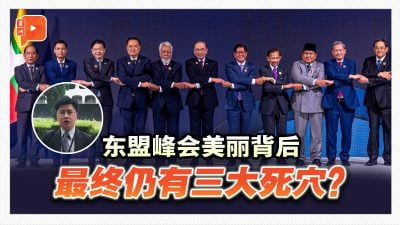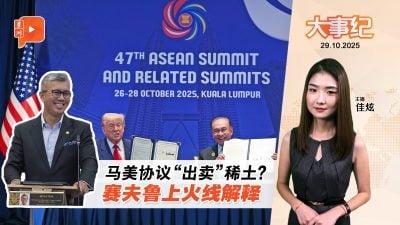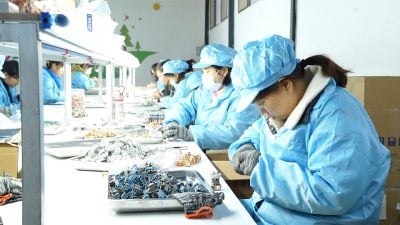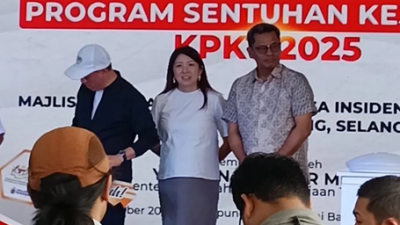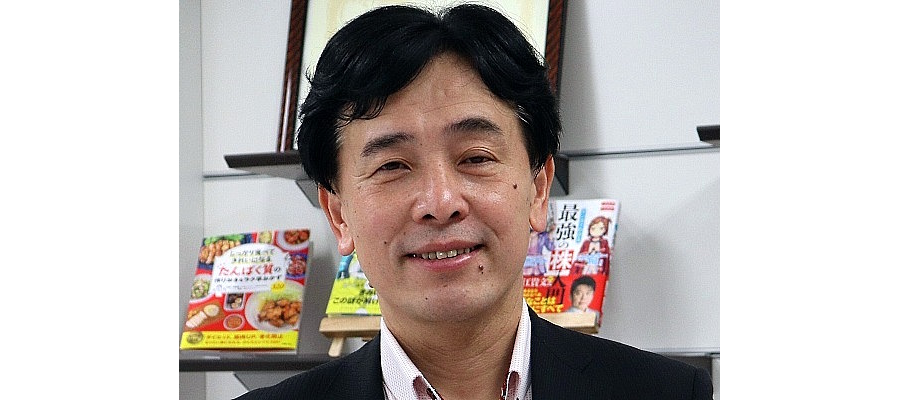
The US is approaching Asean
In addition to the COVID-19 pandemic, the US-China struggle for hegemony and mutual trade sanctions have continued since the late 2010s, while Russia invaded Ukraine, and Europe, the United States and Japan imposed economic sanctions in 2022.
Turning to Asia, the Myanmar crisis is still ongoing. With global uncertainty and geopolitical risk growing, the United States is working with like-minded partners to address these issues.
The United States will hold the US-Asean Special Summit in Washington on May 12–13, 2022. It marks the 45th anniversary of dialogue relations, but the Biden administration sees it as a great opportunity to bring Asean into its camp.
However, as the limitations of the Biden administration’s centripetal power is visible, it is likely that this will end in vain.
Most member states are on the sidelines
The West and Japan have strongly condemned and imposed mainly financial and economic sanctions on Russia in response to its invasion of Ukraine, which suddenly started in late February.
Asean has been skillfully avoiding involvement in the struggle between the major powers, but it is in fact not a monolith.
While some member states such as Vietnam and Laos have deep ties to Russia, Singapore has concurred with Japan and the West in imposing economic sanctions.
There are concerns that toleration of Russia’s invasion of Ukraine will incite Chinese expansionist actions, but to be honest, Asean member states believe that this is a matter that should be “protested” in the true sense of the word.
When the UN General Assembly passed a resolution to condemn Russia on March 2, pro-Russia Vietnam and Laos abstained, but the remaining eight member states voted yes.
However, Russia has since named 48 countries and regions, including Singapore, which has imposed economic sanctions, as “unfriendly countries,” and is poised to take countermeasures.
After the release of the (unfriendly country) list, a resolution to suspend Russia’s membership in the United Nations Human Rights Council (UNHRC) was adopted, with the member states Vietnam and Laos voting no.
Following on from previously, only two countries voted yes this time as well: the Philippines and Myanmar. All others abstained, including Singapore.
Moreover, some member states see the Japanese and Western sanctions against Russia as an opportunity for themselves.
As energy prices soar, Japan and the West are making adjustments to ban or restrict imports of Russian energy, which conversely becomes an opportunity for Indonesia, the current G20 chair, to start thinking about resuming Russian oil imports as Russian energy can be procured cheaply.
At a time when the centripetal power of the United States is faltering, Asean is calmly examining the best options for itself.
The US avoids direct involvement in Myanmar
With the Myanmar issue, time passes with no hint of a solution. The only thing progressing is the junta’s fait accompli.
What was revealed when the Asean Chair’s special envoy Prak Sokhonn (Deputy Prime Minister and Minister of Foreign Affairs and International Cooperation of Cambodia) visited Myanmar in mid- and late March is that neither of the opposing parties are willing to reconcile and “are still strongly determined to continue their struggles in all manifestations, especially armed struggle,” in the words of the envoy.
The United States, which hosts the Summit for Democracy and is the self-appointed guardian of democracy, has imposed economic sanctions on Myanmar but avoids direct interventions to restore the democratic system. Myanmar citizens’ expectations of the United States have turned into disappointment, forcing them to take up arms themselves.
Meanwhile, the United States claimed that it will take “lead roles in setting rules that govern 21st-century economic activity,” together with allies, partners, and regional organizations, and that it will establish the Indo-Pacific Economic Framework (IPEF), which is a priority task in trade policy, in early 2022.
It is assumed that the contents of the IPEF are mainly stricter rules and regulations in the economic and trade areas, but the merits of participation in the framework are not clear.
The Indo-Pacific region already has the Comprehensive and Progressive Agreement for Trans-Pacific Partnership (CPTPP) and the Regional Comprehensive Economic Partnership (RCEP) agreement, so there is a risk that the IPEF is just gilding the lily, which is why Asean is waiting and seeing.
Possibility efforts to bring in Asean end in vain
The United States is stepping down from being the “world’s policeman,” and the world has entered a leader-free “G-Zero” era.
Asean has also always looked suspiciously at the United States since the Trump administration for downplaying the region’s importance.
The Biden administration’s “return to Asia” is welcomed, but there is talk about the Democratic Party struggling ahead of the United States midterm elections scheduled for November 2022, with the Biden administration’s approval ratings being sluggish, so there is no clear path to re-election.
Regardless of whether the economic cooperation and COVID-19 countermeasures proposed by the United States at the special summit are greatly welcomed, it is unlikely that results will be yielded on themes that involve the major powers.
At a time when the centripetal power of the United States is faltering, Asean is calmly examining the best options for itself.
(Seiya Sukegawa is Visiting Professor at Thai-Nichi Institute of Technology, Thailand; and Professor at the Faculty of Political Science and Economics, Kokushikan University, Japan.)
ADVERTISEMENT
ADVERTISEMENT








